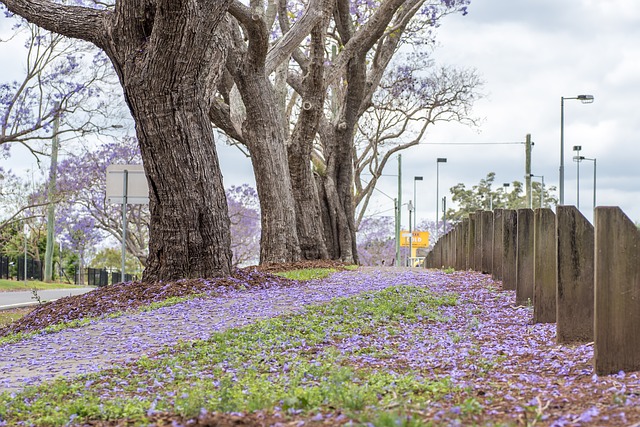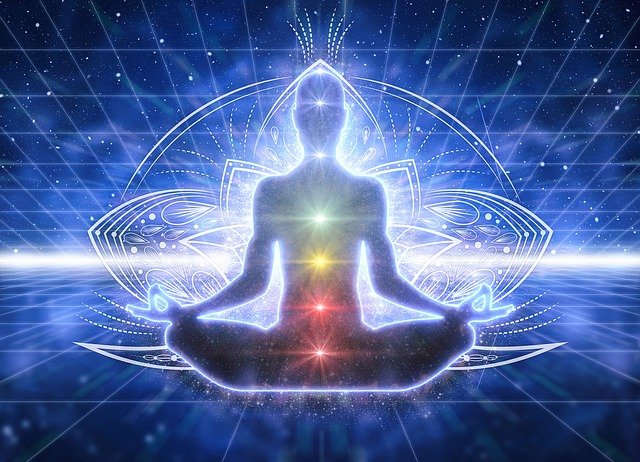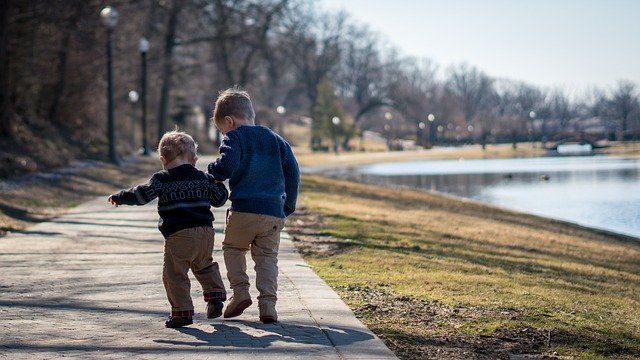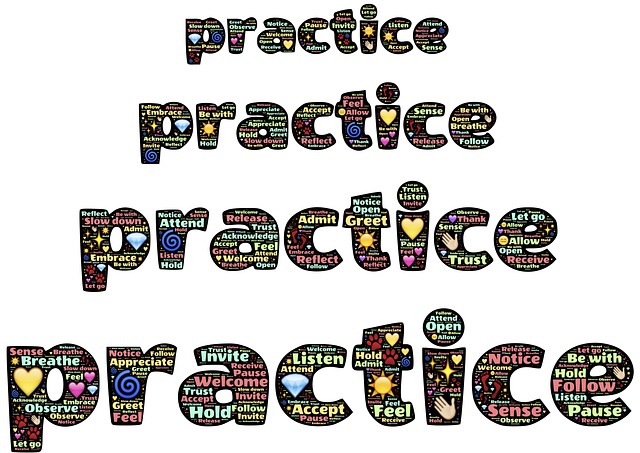In the previous blog post I discussed several resources on the topic of trauma-sensitive mindfulness. One of these was David Treleaven’s Trauma-Sensitive Mindfulness Podcast which includes interviews with people who have expertise in the area or a related area. In a recent podcast, David had a conversation with Liz Stanley who not only experienced very considerable trauma, the impact of mindfulness meditation on her traumatic experience but also has developed her own resources and training for people, both civilians and military personnel, who have experienced trauma. The conversation with Liz on the topic of Widening the Window of Tolerance draws on her personal experiences, study and training and incorporates ideas from her training program and her book, Widen the Window: Training Your Brain and Body to Thrive During Stress and Recover from Trauma.
The Window of Tolerance
The concept of the Window of Tolerance has been attributed to Dan Siegel, clinical psychologist and founding co-director of the Mindful Awareness Research Centre (MARC), UCLA. Dan is the author many books, including Aware: The science and practice of presence. Many people, including David Treleaven and Liz Stanley, have applied the concept of the Window of Tolerance in their research and training in relation to trauma-sensitive mindfulness.
The National Institute for the Clinical Application of Behavioral Medicine (nicabm) provides an infographic that illustrates the concept in a very clear and easy-to-understand way. They explain that the window of tolerance is about our capacity to deal with the challenges and stresses of the moment and take wise action to deal with them. When stress takes us outside our window of tolerance we can experience hyperarousal (related to the fight/flight response) which manifests in uncontrolled anger, emotional overwhelm, or extreme anxiety; or, alternatively, experience hypoarousal (related to the freeze response) which manifests in the body trying to shut down resulting in numbness, “zoning out” or “spacing out”.
The Attachment and Trauma Treatment Centre for Healing (ATTCH), drawing on the work of Dan Siegel and colleagues, provides a more detailed explanation of the concept in an article titled, Understanding and Working with the Window of Tolerance. Pooky Knightsmith, on the other hand, provides a simple explanation in her short video on the window of tolerance and how to apply it to managing our emotions in everyday life (for those who are not experiencing trauma or trauma stimuli).
Trauma and narrowing of the window of tolerance
In her podcast interview. Liz reinforced the view that trauma causes a narrowing of a person’s window of tolerance. She explained that she is a living example of someone who has experienced multiple traumatic events and who tried to cope in the only way she knew how, conditioned as she was by familial and social determinants. Liz suffered an incredible range of traumatic experiences – active military duty in Asia and Europe, PTSD, a near-death experience (NDE), rape, and whistle-blower harassment as a result of formally complaining about sexual harassment by her senior officers.
Liz described her response in terms of the compulsivity that comes with hyperarousal (which can occur when a person is outside their window of tolerance). Instead of dealing with her traumatic stress, she intensified her activities, completing two undergraduate degrees simultaneously. She explained that like a lot of people, she “compartmentalised” the stress, suppressed it and just kept going harder than ever, managing on two hours sleep each night – she “soldiered on”, both literally and metaphorically.
Liz had to make changes when she temporarily lost her eyesight – something she described as “cosmic coping pain” when her body which had “borne the brunt” of her hyperactivity decided “enough was enough”. It was then that she explored mindfulness and researched trauma and trauma healing.
Liz explained “trauma” as impacting “neuroception” – “how neural circuits distinguish whether situations or people are safe, dangerous or life threatening”. In effect, trauma can distort our neuroception and effectively narrow our window of tolerance. She explains the effect in terms of our “thinking brain” and our “survival brain”.
Our thinking brain enables us to analyse, make decisions, accurately perceive stimuli, and take wise action; our “survival brain” responds to perceived threats with the fight/flight/freeze response. With trauma, the connection between the two is “compromised” so that, for example, seemingly harmless stimuli can be perceived as a threat and engender an inappropriate response negatively impacting a person’s health, relationships and capacity to undertake their work. When we perceive a situation as hopeless or ourselves as powerless, our survival brain and nervous system can become flooded with heightened “emotional arousal”.
Liz explains, however, that when the thinking brain and survival brain are in harmony and working together, we have a wider window of tolerance – e.g. better tolerance of ambiguity and uncertainty and the ability to identify and make effective choices, build sustainable connections, and perform optimally.
Experience of mindfulness for dealing with trauma
Liz turned to mindfulness meditation to help her cope with her traumas which had deep-seated antecedents in the post-traumatic stress disorder (PTSD) experienced by her father and grandfather (along with all the distorted coping mechanisms and fractured relationships that this entailed). Her initial experience with mindfulness was one of helping her to achieve some degree of self-awareness and associated self-regulation. However, over time, she found that her “survival brain” took over as it began to “peel back deeper layers” – deep emotional scars hidden behind her hyperactivity (just as the happy-go-lucky “joker” or “larrikin” can hide the deep emotional pain of depression).
As some mindfulness practices acted as “trauma stimuli” she experienced panic and shallow breathing in-the-moment and flashbacks, nausea, claustrophobia, and inability to sleep for days afterwards. Liz explained that a potential problem with mindfulness done in isolation and without appropriate modifications can lead to such heightened emotional awareness and arousal that the traumatised person can lose their ability to regulate their emotions and their unhealthy condition can be exacerbated rather than diminished, both mentally and physically.
Developing a trauma-sensitive approach to mindfulness training
Liz explained that she spoke to scientists and neuroscientists, explored multiple skills and techniques, and wrote a book about her experiences and her journey out of trauma disablement. She found that the myths surrounding mindfulness could make matters worse unless the mindfulness trainer recognised the impact of traumatic experience on a person’s window of tolerance.
In her book on widening the window, she draws on her own experiences and stories from people she has trained in a areas such as healthcare facilities and the armed forces. Liz maintains that you can build resilience even in stressful jobs or when healing from traumatic experience(s). She provides strategies involving paying attention in certain ways to increase the capacity to access choice and creativity and to make courageous decisions while effectively connecting with others through curiosity, openness, and compassion.
Liz’s Mindfulness-based Mind Fitness Training (MMFT)® which was developed in 2008 and evaluated on four occasions by neuroscientists and stress experts is now available online through Sounds True. The comprehensive course includes video training and live sessions on topics such as resilience, stress and trauma recovery, effective decision making and relationship building along with “new tools for successfully navigating the interpersonal aspects of stress, trauma, emotions, and conflict”.
Reflection
When you first hear about the potential harmful effects of mindfulness meditation training for trauma sufferers, you can understandably become concerned about conducting mindfulness training for any group. Alternatively, you might initially dismiss the trauma-sensitive mindfulness movement as a movement to counter the growing global popularity of mindfulness. However, the evidence to support the trauma-sensitive approach is growing and cannot be ignored.
On the other hand, both Liz and David strongly encourage practitioners not to be put off from training others in mindfulness by this new information nor to behave as if they are “walking on eggshells”. They strongly encourage mindfulness trainers to persist, especially in these challenging times when mindfulness and resilience is needed by some many people. They do, however, suggest to proceed with “some discernment”, develop increased awareness of trauma and its impacts, learn about new tools available for trauma-sensitive mindfulness training and intensify their own efforts to grow in mindfulness so that they can train with increasing awareness, insight and sensitivity.
_______________________________________
By Ron Passfield – Copyright (Creative Commons license, Attribution–Non Commercial–No Derivatives)
Disclosure: If you purchase a product through this site, I may earn a commission which will help to pay for the site, the associated Meetup group and the resources to support the blog.









